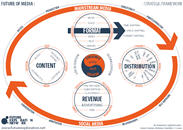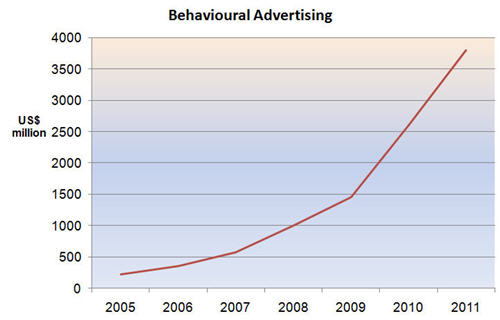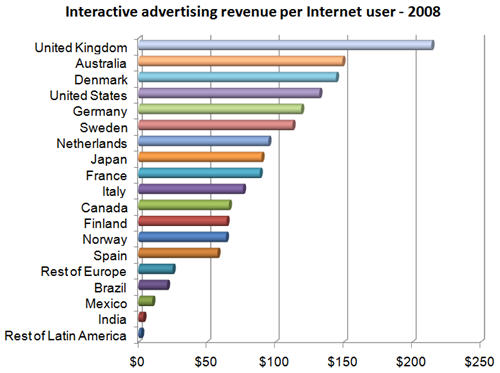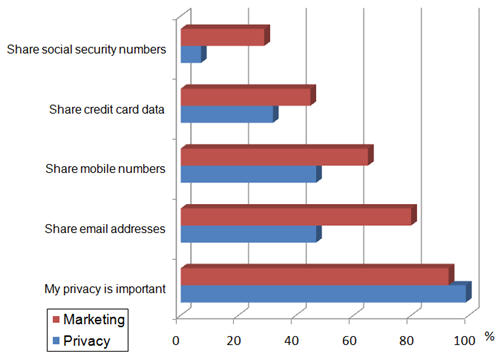We have just launched the Future of Media Predictions Markets, run in conjunction with the Future of Media Summit 2008. These will tap the collective wisdom of participants at the Summit in the US and Australia, as well as other media leaders globally. Anyone can participate in the prediction markets.
The predictions will be used during the Summit itself to help generate more pointed discussions and specific views, and to garner international attention and coverage for the Summit.
For those who haven’t come across prediction markets before, they mimic financial markets to aggregate a large group’s opinions on what will happen (see Wikipedia definition and Prediction Markets Cluster). Specific questions are posed on what will happen, and participants place bets on the outcome by buying and selling in the markets.
Our partner for the Future of Media Prediction Markets is Inkling Markets, one of a handful of commercial providers of prediction markets. Their clients creating public markets include CNN to predict the 2008 presidential elections, while many companies such as Cisco, Chrysler, O’Reilly, Procter & Gamble, and Wells Fargo are using their prediction markets for internal applications such as product development and sales forecasting.
In the Future of Media Prediction Markets we have just launched five markets:
* Which IPTV channel will generate the most revenue in 2009?
* Will Yahoo! exist as an independent company at the end of 2008?
* When will the New York Times stop printing on paper?
* What will global digital advertising revenue be in 2010?
* Will The Bulletin be relaunched in Australia by 30 June, 2009?
If you have opinions on any of these topics, go to the Future of Media Prediction Markets and make your opinion heard!
Register on the site and you will be given $5,000 to place your bets on the markets. Either buy or sell whatever predictions you think are mis-priced. As the markets move with further participation (and maybe changing circumstances), you will make or lose money. As the markets evolve you can trade actively by buying and selling positions.

Let us know if you have suggestions for prediction market topics other than these initial ones. We’ll be expanding the range of questions as more participants join.
See you in there – may the best media futures trader win!

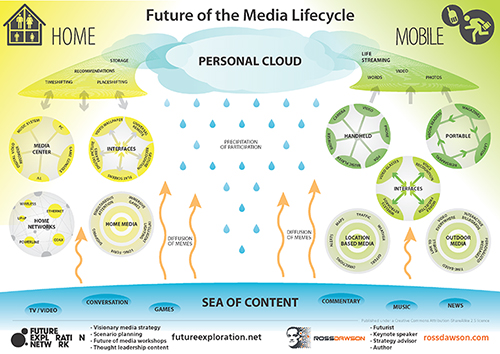 Media_Lifecyle_Framework.pdf
Media_Lifecyle_Framework.pdf